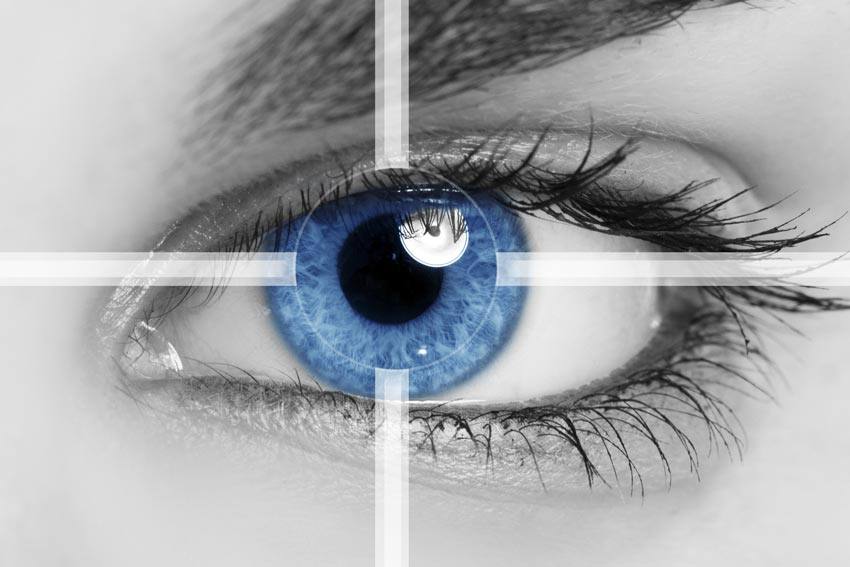Why travellers prefer Blue Cross
- Canada's #1 travel insurance brand and recognized worldwide
- Over 75 years of expertise in insurance
- $5 million travel insurance coverage, with or without deductible
- Flexible and affordable travel insurance solutions
- Free quote available online
- Travel assistance available 24/7 for any emergency, anywhere you travel

What is myopia? Signs and treatments for the condition
Published on: September 1, 2015
Commonly referred to as nearsightedness, myopia is an eye condition that affects many Canadians. It’s estimated that approximately one-quarter of Canadians suffer from some form of myopia during their lifetime. The signs are most prevalent during childhood and it is less common in adults.
What is myopia?
According to EyeSmart, myopia is “a refractive error, which means that the eye does not bend or refract light properly to a single focus to see images clearly. In myopia, close objects look clear but distant objects appear blurred.”
CNIB adds that “myopia is a very common disorder. Prevalence is greater in women through age 60, after which rates become more comparable between genders. Myopia affects more whites than other races, and is generally less frequent with age.”
People with myopia are at higher risk of developing retinal detachment.
Myopia in children
Myopia most frequently occurs during adolescence, and its incidence tends to decrease with age. It is most commonly discovered in children between eight and 12 years old. Myopia can become worse during the teenage years, as teens go through puberty.
Since myopia is common in children, teachers are often the first to notice the symptoms in their students during class. This is why it is commonly diagnosed in school-aged children.
Symptoms of myopia
Parents and teachers should watch for these symptoms in children:
- Complaints or evidence of faraway objects appearing blurry
- Squinting
- Holding a book close while reading
- Complaints of eye strain or headaches
- Excessive blinking
- Constant eye rubbing
- The need to sit close to the TV or at the front of the classroom to see the blackboard
Misconceptions about myopia
There are some misconceptions about myopia, including that it can be caused by reading in dimly lit areas or for long periods of time, or by wearing glasses that are too strong or too weak. However, the Bochner Eye Institute maintains that genetic predisposition is a major factor for those who have the condition.
Treatment for myopia
If you are diagnosed with myopia, you will likely be presented with these vision-correction options:
- Glasses
- Contact lenses
- Laser eye surgery
If you or your children develop signs of nearsightedness or any other vision problem, you should make an appointment with an eye doctor right away. If cost is a concern, remember that you can save on these costs by having health insurance coverage for glasses. OHIP does not cover all the costs for eye care, so it’s important to have health insurance to supplement OHIP.